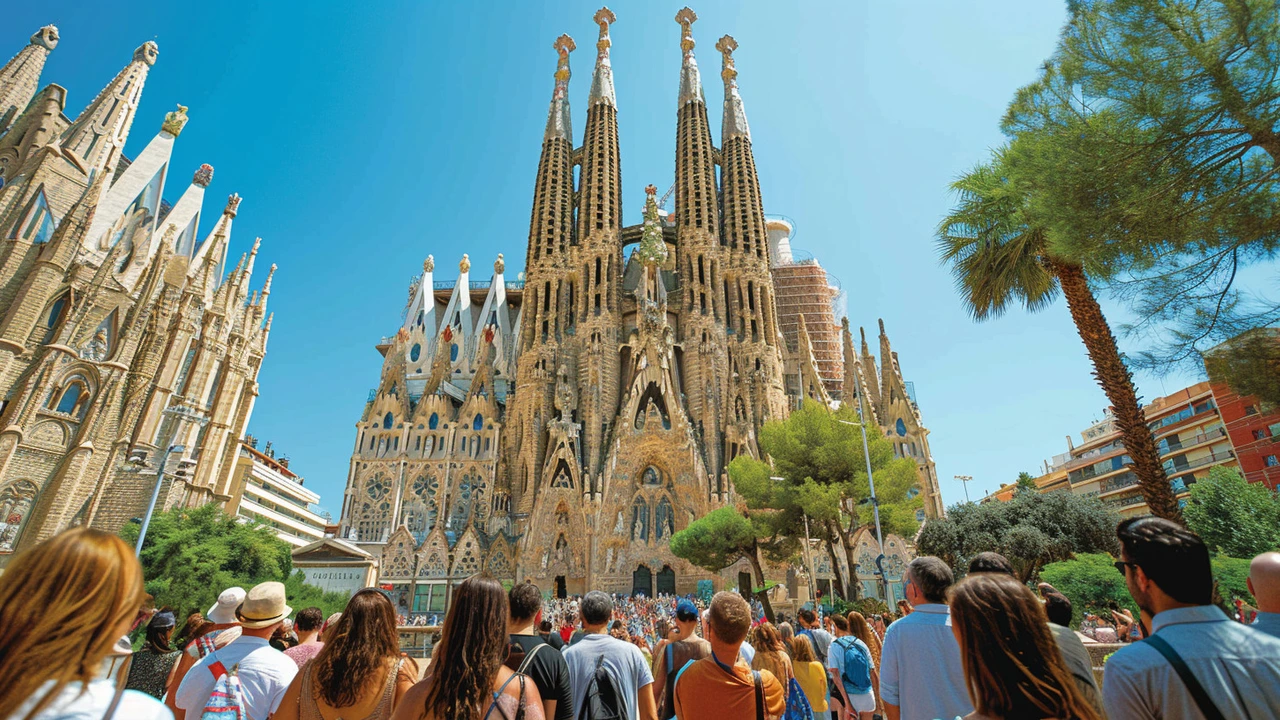The Evolution of Gothic Revival Architecture Through the Ages
 Aug, 2 2023
Aug, 2 2023
Prologue to the Gothic Revival
Prepare to time travel, because that's what exploring the full history of Gothic Revival architecture really is - an expedition through centuries of architectural evolution and changing taste. I still recall my first encounter with Gothic Revival architecture; it was St Patrick's Cathedral right here in Melbourne. Standing tall amidst the cityscape with its gothic spires piercing the sky, it was love at first sight. But enough about me, let's delve into this fascinating architectural extravaganza known as Gothic Revival!
Gothic Revival was not just a comeback of the old, it was a reinterpretation, a stirring hybrid of past and present thinking expressed in architecture. Originating in the late 1740s in England, this movement signaled a shift from Neoclassical architecture and embraced medieval design values of structural clarity, weightiness, and individuality.
It was no coincidence that this architectural trend emerged during a wave of Romanticism sweeping through Europe, which celebrated emotion, a sense of the divine, and the beauty of nature. The key driving elements of Gothic Revival Architecture – perceived exoticism, the intriguing complexity of forms, and expressiveness – all resonated with the zeitgeist of Romanticism.
Gothic Revival and its Spiritual Connection
Gothic Revival architecture isn't solely about stylistic preferences or the whims of fashion. Far from it! For many, its deep roots in the past were firmly intertwined with spirituality. In fact, this architectural form was often called 'Pointed' or 'Christian' architecture, due to its frequent use in Church construction during the medieval era. Part of my fascination with the movement has always been the almost palpable sense of connection to the history and spirit of faith it embodies.
Nodding to the grand cathedrals of the Medieval period, churches adopting the Gothic Revival style harnessed its spiritual essence to capture a sense of majesty and grandeur. We're talking about rich embellishments, pointed arches, ribbed vaults - the works! One of the fundamental principles that Gothic Revival architecture married with the religious domain was the concept of ‘verticality’ which symbolized aspiration towards the divine.
Adoption and Adaptation: The Spread of the Gothic Revival
Like a catchy hit song, Gothic Revival quickly gained popularity and spread throughout Europe and beyond. In American architecture, it found a special place with the construction of buildings like the renowned St. Patrick's Cathedral in New York City. Would you believe that across the pond, even the Houses of Parliament in London are an example of this architectural genre? It certainly adds a touch of drama to parliamentary debates!
Part of the charm of Gothic Revival was its flexibility and malleability in blending with local architectural traditions. Just look around Melbourne and you'll see some buildings cloaked in this marvelous mix of the old and new. As the style spread globally, it underwent fascinating adaptations and transformations aligned with local culture, climate, and resources - like an architectural chameleon!
The Victorian Era: Gothic Revival's Golden Age
The Victorian era can be considered the golden age of Gothic Revival, with Queen Victoria's rule itself bearing witness to landmark structures like the Palace of Westminster, the Natural History Museum, and the Royal Courts of Justice. Ah, to be a fly on the wall during those times!
It wasn't just public buildings that were drawn to the Gothic Revival allure. Private residences, universities, and even railway stations hitched their wagon to this architectural star. Buildings stood like gigantic sculptures, adorned with ornaments, creeping ivies and ornate detailing that were a testament to the craftsmen's skill and creativity.
In this period, Gothic Revival was seen as a moral force with the belief that its characteristics of honesty, simplicity, and sound craftsmanship could contribute towards a virtuous society.
The Modern Twist to Gothic Revival
The Gothic Revival movement isn't just about flipping through the pages of old architectural history books. It pops up where you least expect it even now, sometimes in hilariously charming ways! In the urban landscape of today, we often see elements of the style finding a new home in unlikely structures.
Even contemporary designers subtly incorporate elements of Gothic Revival, using more sustainable and environment-friendly materials and methods. Some might mix the pointed windows with industrial aesthetics while others might favor the combination of smooth concrete walls with Gothic arches. The melding of traditional forms with modern materials is a sight to behold. I guess old habits die hard!
As a style, Gothic Revival has never simply faded away. It has been repurposed, resurrected, and reimagined countless times. It's a visual language that speaks volumes about our longing for the past, our spiritual yearnings, and our abilities to the reimagine and readapt. And as I stand gazing at the cathedral that ignited my passion, I'm reminded of the timeless allure and evolution of Gothic Revival architecture.